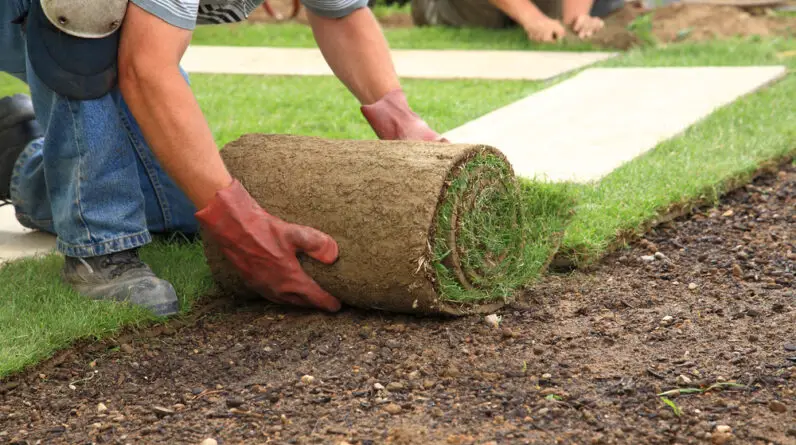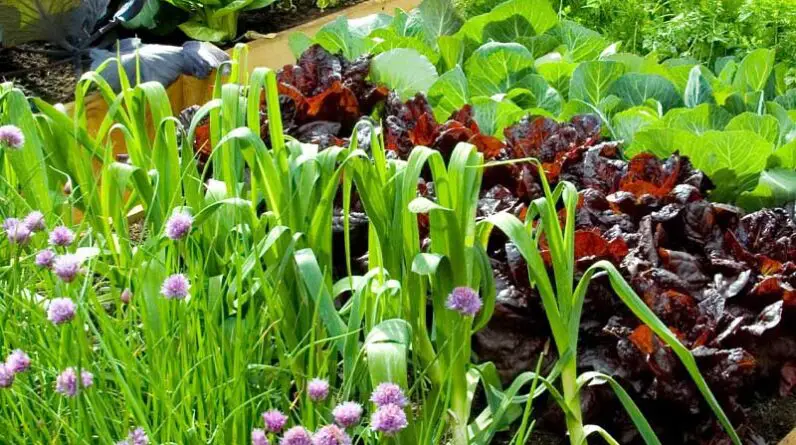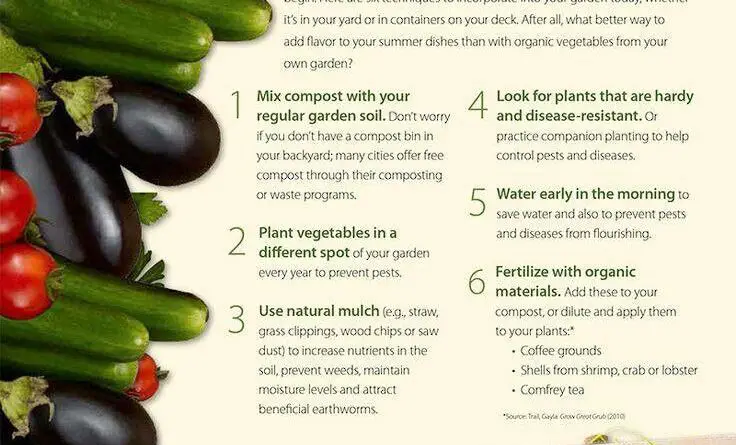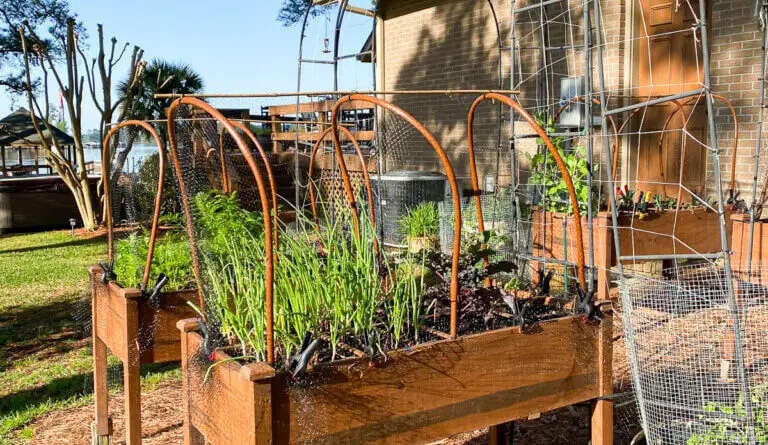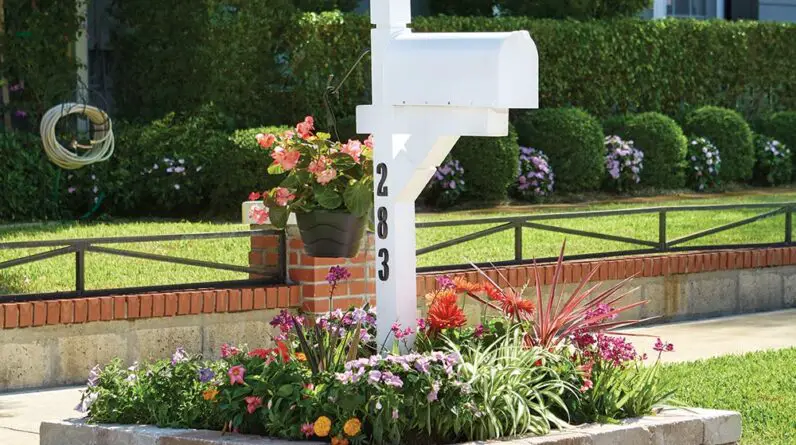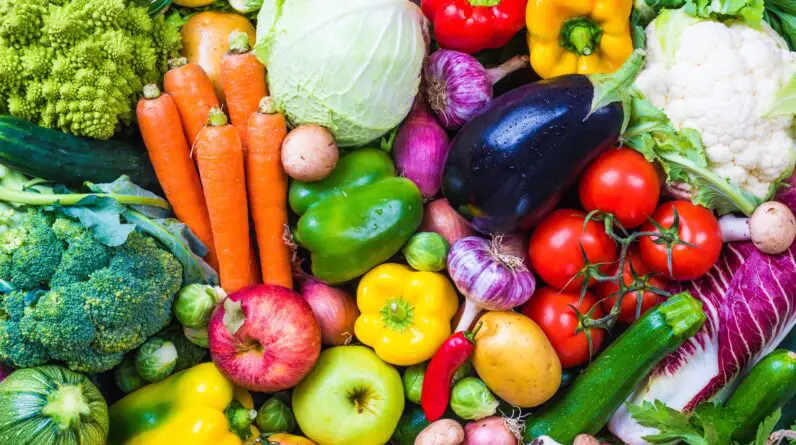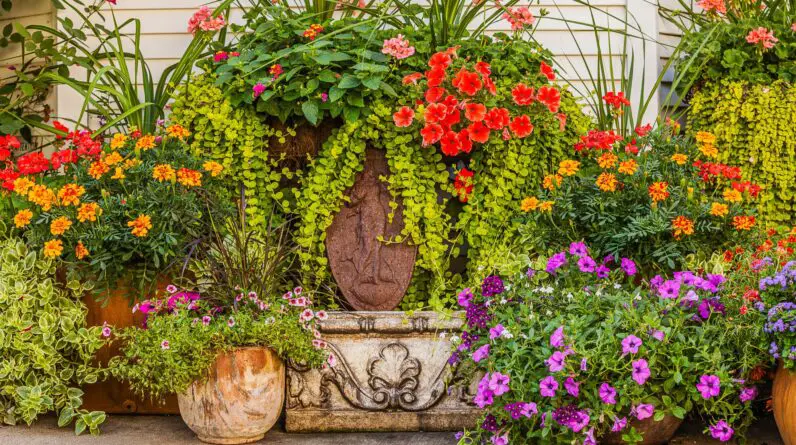
Container Vegetable Garden
Container vegetable gardening is a popular choice for urban dwellers and gardeners with limited space. At our gardening store, we have seen a growing interest in this type of garden, as it allows individuals to grow fresh produce in small areas such as balconies or patios.
Choosing the Right Containers
When starting a container vegetable garden, selecting the appropriate containers is essential. We recommend using pots or containers that have drainage holes to prevent waterlogging. Additionally, the size of the containers should accommodate the growing needs of the vegetables.
Selecting the Ideal Soil Mix
Choosing the ideal soil mix is crucial for the success of your container garden. It is recommended to use a high-quality potting mix that is well-draining and nutrient-rich. Avoid using garden soil, as it tends to compact and hinder root growth.
Picking Suitable Vegetables
Not all vegetables thrive in containers, so it is important to choose suitable varieties. Opt for smaller or dwarf varieties that are more compact and suited for confined spaces. Some popular choices include tomatoes, lettuce, peppers, herbs, and radishes.
Container vegetable gardens offer a practical and space-saving solution for individuals looking to grow their own fresh produce. By following these guidelines, you can set up and maintain a successful container garden right at your doorstep.
Raised Bed Vegetable Garden
One of the most popular types of vegetable gardens is the raised bed garden. These gardens consist of elevated garden beds that are filled with high-quality soil. Building and designing raised beds is an important step in creating an effective and efficient garden space. We recommend using materials such as wood, bricks, or concrete blocks to construct the beds. This will ensure durability and longevity.
When it comes to preparing the soil for planting, we suggest removing any existing grass or weeds and loosening the soil to a depth of 12 inches. Incorporating compost or organic matter into the soil will help improve fertility and drainage.
As for the best vegetables to grow in raised beds, options are abundant. Leafy greens like lettuce, spinach, and kale thrive in this type of garden. Other popular choices include tomatoes, peppers, and herbs such as basil and rosemary.
Raised bed vegetable gardens offer numerous benefits, including better soil drainage, better control over soil quality, and reduced weed growth. They also provide easier access for planting, watering, and harvesting. Start your raised bed garden today and enjoy the bountiful harvest!
Vertical Vegetable Garden
Vertical vegetable gardens are becoming increasingly popular due to their space-saving capabilities and aesthetic appeal. As gardening enthusiasts, we are always on the lookout for innovative ways to cultivate our own fresh produce, even with limited space.
Constructing a Vertical Garden Structure
Creating a vertical garden structure involves building a sturdy framework to support your plants. This can be done using various materials such as wood, wire mesh, or even repurposed items like pallets. By utilizing vertical space, we can maximize the number of plants grown in a small area.
Choosing Vines and Climbing Plants
Selecting the right vines and climbing plants is crucial for a successful vertical garden. Consider plants such as tomatoes, cucumbers, beans, or peas, as they naturally have a climbing habit. Additionally, opt for varieties that are compact or have smaller leaves, as these will be easier to train and manage.
Maintaining Vertical Gardens
Proper maintenance is essential to ensure your vertical garden thrives. Regular watering, fertilizing, and monitoring for pests and diseases are crucial tasks. Pruning and training your plants to grow along the structure will help them stay organized and avoid overcrowding.
By embracing the concept of vertical gardening, we can successfully create beautiful and productive vegetable gardens in even the smallest of spaces. Whether it’s a balcony, patio, or urban rooftop, the possibilities are endless. So, let’s get creative and start growing our own fresh vegetables vertically!
Square Foot Vegetable Garden
The Square Foot Vegetable Garden is a popular type of garden that utilizes small, defined spaces to efficiently grow a variety of crops. We love this type of garden because it maximizes space and yields a high production of fresh vegetables.
Laying Out the Square Foot Grid
To create a Square Foot Garden, start by dividing your garden space into small square sections, typically 1 foot by 1 foot. This allows you to easily visualize and plan your planting areas. We recommend creating a grid with strings or wooden borders to clearly define each square.
Determining Spacing for Different Crops
Each square can be further divided into smaller sections to accommodate different plants. Proper spacing is crucial for healthy growth, so take into consideration the specific requirements of each crop. Consult seed packets or gardening resources to determine the appropriate spacing for your chosen vegetables.
Crop Rotation in Square Foot Gardens
Crop rotation is an important practice in Square Foot Gardens to maintain soil health and prevent the buildup of pests and diseases. By rotating crops to different sections each year, you ensure that plants are not grown in the same spot consecutively, reducing the likelihood of nutrient depletion and pest infestation.
With these tips, you can create your own Square Foot Vegetable Garden and enjoy a bountiful harvest in a small space. Give it a try, and happy gardening!
Hydroponic Vegetable Garden
The hydroponic vegetable garden is gaining popularity among gardeners due to its efficient use of space and resources. In this type of garden, plants are grown without soil, relying instead on a nutrient-rich water solution. Setting up a hydroponic system can be done in various ways, such as using nutrient film technique (NFT), deep water culture (DWC), or aeroponics.
Setting Up a Hydroponic System
When setting up a hydroponic system, consider the space available and the plants you want to grow. You’ll need containers for the plants, a reservoir for the nutrient solution, a water pump, and an air pump. The containers can be filled with an inert medium like perlite or rockwool to support the plants.
Choosing the Right Nutrient Solution
Choosing the right nutrient solution is crucial for the success of your hydroponic garden. The solution should contain all the essential elements that plants need to grow, such as nitrogen, phosphorus, and potassium. There are pre-mixed solutions available, or you can create your own by following recommended guidelines.
Growing Vegetables Hydroponically
Once your hydroponic system is set up and you have the right nutrient solution, it’s time to grow your vegetables. You can start by planting seeds or transplants in the containers filled with the chosen medium. Monitor the nutrient levels, pH, and water temperature regularly to ensure optimal growth conditions.
The hydroponic vegetable garden offers an innovative and efficient way of growing plants without soil. By setting up a hydroponic system, choosing the right nutrient solution, and monitoring growth conditions, you can enjoy the benefits of fresh vegetables year-round.
Companion Planting Vegetable Garden
Companion planting is a popular method of gardening that involves planting different types of vegetables together to enhance their growth and productivity. At our garden, we believe in the power of companion planting to create thriving and healthy vegetable gardens.
Understanding Companion Planting Principles
Companion planting is based on the principle that certain plants have beneficial effects when grown together. Some plants repel pests, while others attract beneficial insects or enrich the soil with nitrogen. By understanding these principles, we can create a garden that promotes mutual benefits between plants.
Choosing Beneficial Plant Combinations
In our vegetable garden, we carefully select plant combinations that work in harmony. For instance, the combination of tomatoes, basil, and marigolds not only deters pests but also enhances flavor. Similarly, planting carrots alongside onions and leeks helps repel aphids and other harmful insects.
Avoiding Harmful Plant Pairings
Not all plants get along well with each other, and some combinations can even stunt growth or invite disease. To ensure a successful garden, we avoid harmful pairings such as planting tomatoes near fennel or cucumbers close to potatoes.
By practicing companion planting in our vegetable garden, we witness the harmonious coexistence of plants, resulting in healthier crops and increased yields. So join us in harnessing the power of companion planting for a thriving and truly fruitful garden.
Herb Spiral Vegetable Garden
One popular type of vegetable garden that has gained popularity in recent years is the herb spiral vegetable garden. This unique and visually appealing garden design allows us to grow a variety of herbs in a small space while also adding an interesting focal point to our outdoor landscape.
Constructing a Spiral Herb Garden
To create a herb spiral, we need to carefully construct a spiral-shaped raised bed using bricks, stones, or wooden planks. The spiral should gradually rise from the center, allowing us to plant herbs at various heights and create microclimates that mimic the plants’ natural habitats.
Selecting Herbs for Different Levels
When choosing herbs for our herb spiral, we should consider placing those with similar growing requirements in the same location. For instance, drought-tolerant herbs like rosemary and thyme can be placed on the higher, sunnier levels, while moisture-loving herbs like mint and basil can thrive in the lower, shadier areas.
Maintaining an Herb Spiral
Proper maintenance is essential to keep our herb spiral thriving. We should regularly water the plants, especially during dry spells, and provide appropriate pruning to encourage bushier growth. Regular weeding and mulching can help control weeds and maintain soil moisture.
By creating an herb spiral vegetable garden, we can enjoy the convenience of having fresh herbs right outside our door, while also adding beauty and interest to our outdoor space.
Permaculture Vegetable Garden
If you’re looking to create a vegetable garden that is not only productive but also sustainable and environmentally friendly, a permaculture vegetable garden is an excellent choice. This type of garden focuses on designing a layout that mimics natural ecosystems, promoting biodiversity and reducing waste. It’s a holistic approach that takes into consideration the long-term health of the soil, plants, and the surrounding environment.
Designing a Permaculture Garden Layout
When designing a permaculture vegetable garden, we consider the placement of plants, pathways, and structures to create a harmonious and efficient system. By observing and understanding the natural patterns and cycles, we can optimize the use of space and resources.
Implementing Permaculture Principles
Key permaculture principles include creating beneficial relationships between plants, using companion planting techniques, and diversifying plant species. By employing these principles, we can enhance soil fertility, control pests naturally, and promote balanced ecosystems.
Sustainable Practices for Permaculture Gardens
Permaculture emphasizes sustainable practices such as conserving water, building healthy soil, and utilizing natural resources efficiently. Rainwater harvesting, composting, and mulching are common practices used to minimize waste and maintain a stable and resilient environment.
A permaculture vegetable garden allows us to grow our own food while contributing to a healthier and more sustainable future. So, why not give it a try and create a vibrant and abundant garden that works in harmony with nature?
Community Vegetable Garden
Nowadays, more and more people are recognizing the numerous benefits of growing their own vegetables. One popular type of vegetable garden is the Community Vegetable Garden, where individuals come together to cultivate a shared plot of land.
Organizing a Community Garden Plot
Organizing a Community Garden Plot requires careful planning and collaboration. The first step is to identify a suitable location that has access to ample sunlight. Next, interested individuals can form a group and allocate specific plots to each participant. It is essential to establish a system for managing the garden, such as scheduling regular work days and assigning tasks.
Establishing Rules and Responsibilities
To ensure smooth operation and fair distribution of resources, it is crucial to establish rules and responsibilities within the Community Vegetable Garden. These can include guidelines regarding planting and harvesting practices, as well as rules for maintaining the overall cleanliness and health of the garden.
Benefits of Community Gardening
Participating in a Community Vegetable Garden offers various benefits beyond cultivating fresh produce. It fosters a sense of community and cooperation, allowing individuals to share knowledge and skills. Moreover, it provides an opportunity for urban dwellers to reconnect with nature and experience the satisfaction of growing their own food.
Community Vegetable Gardens are an excellent way for individuals to come together, share resources, and enjoy the numerous benefits of growing their own vegetables.
Conclusion
In conclusion, there are various types of vegetable gardens that can suit different needs and preferences. By considering factors such as space availability, sunlight exposure, and personal gardening goals, one can choose the most suitable option.
Container Gardens
Container gardens are a perfect choice for those with limited outdoor space. They offer the flexibility of being placed on balconies, patios, or even windowsills. With proper soil, drainage, and regular watering, a variety of vegetables can thrive in containers.
Raised Bed Gardens
Raised bed gardens are ideal for individuals who want more control over their soil quality and drainage. They can also help reduce the strain of bending and kneeling while gardening. By building a raised bed structure and filling it with high-quality soil, gardeners can maximize their vegetable yield.
Vertical Gardens
Vertical gardens are excellent options for those with limited horizontal space. These gardens take advantage of vertical structures such as walls or trellises to grow vegetables. By utilizing hanging containers or planting climbing plants, one can save space and create an impressive visual display.
Herb Gardens
Herb gardens are popular as they can be easily incorporated into existing landscape designs or even grown indoors. By cultivating various herbs such as basil, mint, or thyme, one can enhance their culinary creations with fresh, homegrown flavors.
Traditional In-Ground Gardens
Traditional in-ground gardens are classic and versatile. They offer ample space for a wide variety of vegetables and allow plants to spread their roots naturally. With proper soil preparation, regular maintenance, and adequate sunlight, these gardens can yield a plentiful harvest.
In conclusion, by understanding the unique benefits that each type of vegetable garden offers, individuals can choose the right one that fits their needs and preferences. Whether it’s the space-saving vertical garden, the convenient container garden, or the classic in-ground garden, growing your own vegetables can be a rewarding and enjoyable experience. So go ahead, grab your shovel, and start planting!


